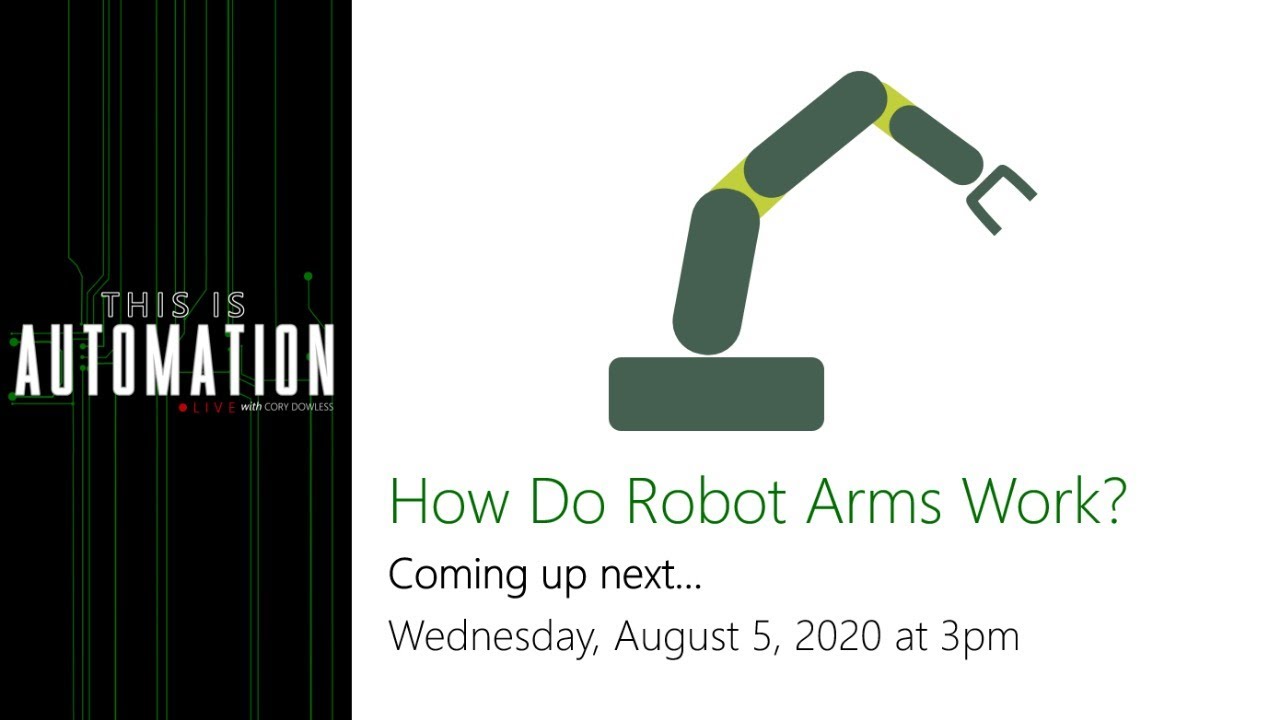Robot Kinematics Foundations | Robotic Systems
Summary
TLDRThis introductory video on robot kinematics explores fundamental concepts such as forward and inverse kinematics, as well as the Jacobian matrix. It highlights the importance of kinematic models in understanding robot motion, addressing both absolute and differential models. The presentation discusses singular configurations that can hinder robot movement and outlines various robot types, including serial manipulators and collaborative robots. The goal is to provide foundational knowledge without delving deeply into the mathematical complexities, setting the stage for more detailed studies in subsequent videos.
Takeaways
- 🤖 Takeaway 1: The presentation introduces the fundamentals of robot kinematics, focusing on essential concepts without delving into complex mathematics.
- 📐 Takeaway 2: Key kinematic models discussed include forward kinematics (determining end effector position from joint values) and inverse kinematics (calculating joint values for a given end effector position).
- 🔄 Takeaway 3: Differential kinematics provides relationships at the velocity level, essential for robot control.
- 🧮 Takeaway 4: Singular configurations in robotic arms can cause issues, leading to unstable solutions and high joint velocities for small end effector movements.
- 🛠️ Takeaway 5: Various methods exist for computing kinematic models, emphasizing the importance of understanding multiple approaches.
- 🔄 Takeaway 6: Forward kinematics has unique solutions, while inverse kinematics can have multiple configurations for achieving the same position.
- ⚙️ Takeaway 7: The Jacobian matrix is crucial for understanding the relationship between joint speeds and end effector speeds, and can become singular at certain configurations.
- 🌐 Takeaway 8: Serial manipulators have specific singularities (wrist, elbow, shoulder) that must be managed to avoid performance issues.
- 📊 Takeaway 9: Redundant robots with seven or more degrees of freedom can face challenges in obtaining inverse kinematic solutions due to infinite possibilities.
- 📚 Takeaway 10: The session sets the stage for deeper exploration into the mathematics of kinematic models in subsequent videos.
Q & A
What is the main focus of the presentation?
-The presentation focuses on the fundamentals of robot kinematics, introducing key concepts without delving deeply into the mathematical details.
What are the two types of kinematic models mentioned?
-The two types of kinematic models are absolute models, which use absolute variables like joint angles, and differential models, which relate to velocities.
What is forward kinematics?
-Forward kinematics refers to determining the position and orientation of the end effector based on given joint position values.
How does inverse kinematics differ from forward kinematics?
-Inverse kinematics involves calculating the joint values required to achieve a specific position and orientation of the end effector, often resulting in multiple possible solutions.
What is the Jacobian matrix, and why is it important?
-The Jacobian matrix represents the relationship between joint velocities and end effector velocities. It is crucial for analyzing robot movements and understanding how joint changes affect end effector motion.
What are singular robot configurations?
-Singular configurations occur when the robot's Jacobian loses rank, leading to potential issues such as high joint velocities for small end effector displacements, which can cause control difficulties.
What types of singularities do serial manipulators have?
-Serial manipulators can experience wrist, elbow, and shoulder singularities, each related to specific alignments of the robot's joints.
What is the workspace of a serial manipulator robot defined in?
-The workspace of a six degrees of freedom serial manipulator is defined in R^3 x S^3, allowing for positioning and orientation of the end effector.
What makes inverse kinematics solutions potentially unstable?
-Inverse kinematics solutions can be numerically unstable, especially near singular configurations, where the robot may have multiple configurations for the same end effector position.
How do collaborative robots differ from serial manipulators in terms of kinematics?
-Collaborative robots have similar kinematic configurations to serial manipulators but may feature offset joints, complicating their inverse kinematics solutions.
Outlines

Этот раздел доступен только подписчикам платных тарифов. Пожалуйста, перейдите на платный тариф для доступа.
Перейти на платный тарифMindmap

Этот раздел доступен только подписчикам платных тарифов. Пожалуйста, перейдите на платный тариф для доступа.
Перейти на платный тарифKeywords

Этот раздел доступен только подписчикам платных тарифов. Пожалуйста, перейдите на платный тариф для доступа.
Перейти на платный тарифHighlights

Этот раздел доступен только подписчикам платных тарифов. Пожалуйста, перейдите на платный тариф для доступа.
Перейти на платный тарифTranscripts

Этот раздел доступен только подписчикам платных тарифов. Пожалуйста, перейдите на платный тариф для доступа.
Перейти на платный тарифПосмотреть больше похожих видео
5.0 / 5 (0 votes)






